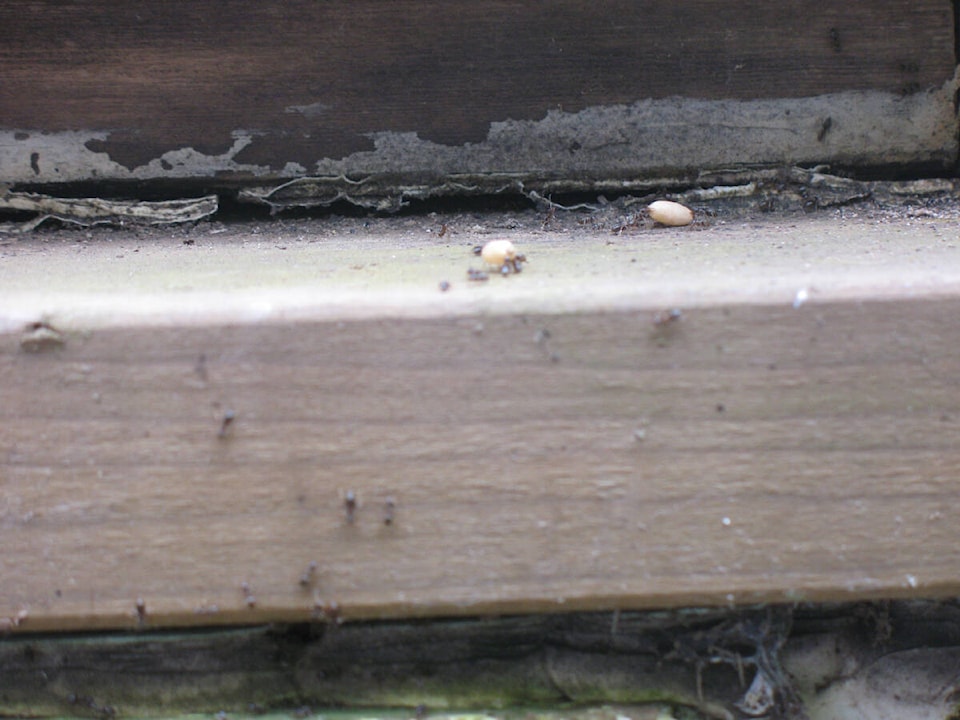By Mary Lowther
“This was what I wished for: a bit of land, not so very large, but fenced in to avoid the drawbacks of a public way; an abandoned barren, sun scorched bit of land, favoured by thistles and by wasps and bees. Yes, this was my wish, my dream, always cherished, always vanishing into the mists of the future.”
So wrote J.H. Fabre in his book The World of Insects. I may not be quite as avid a naturalist, but the older I grow the better I understand his philosophy. The increasing loss of habitat and overuse of pesticides have endangered our insect populations, so I hope this year’s abundance of insectivores indicates a recovering food supply.
Those who migrate here to escape the constant traffic noise associated with urbanisation might be disappointed to find it replaced by the deafening courtship chorus of 10,000 frogs, but those are our lovely, slug eating friends, harbingers of another growing season. The deafening cacophony of amphibian lust is a comforting lullaby that assures us Mother Nature is still on the job. The early morning racket made by flocks of voracious robins is music to the gardener’s ears, which may be why we call them “songbirds” even though they never sing in key. The early bird may get the occasional worm, but it also removes a great many more less welcome pests.
The native garter snake is another dedicated consumer of unwanted visitors. Its dietary preferences inspired David to go shopping for some, only to discover they are a protected species that cannot be traded in. This led to a disturbing practice of relocating the ones he finds on his own into our garden, which is why I have stopped emptying his pockets.
David also sent away for a parcel of lady bugs to eat aphids, but when he turned them loose they flew away home!
There’s not much I can do about the loss of wildlife habitat, but I can make a haven for some of it in my own yard. Bill Merilees, in his book Attracting Backyard Wildlife, says that their basic needs are sufficient space, shelter, food and water. He continues “the larger and more diverse an area is, the more species of wildlife it can accommodate.” Thus, if one wanted to attract tree frogs he would need to provide a backyard pool and suitable surrounding vegetation. If enough backyards and balconies provide these necessities, perhaps we can foster wildlife’s existence despite destruction of other habitat.
One example is providing nests for mason bees, which we have done. A third of our mason bees hatched in the early warm spring, but then freezing nights and cold days returned and delayed the blossoms they rely on for sustenance. Hopefully they have managed on their own; pollinating 80 fruit trees myself is a tedious business.
I like to leave some of my garden untouched so wildlife can use the undisturbed space. I let grass, St. John’s wort and ivy grow long amid the pile of rocks and branches on one side of my yard where I have installed a self-watering container for whatever needs it. The wise gardener learns to delegate, and my tiny staff do an enormous amount of work.
Please contact mary_lowther@yahoo.ca with questions and suggestions since I need all the help I can get.
